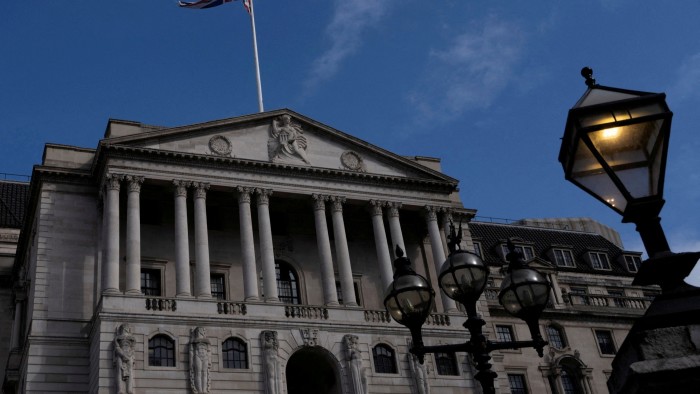Stay informed with free updates
Simply sign up to the UK employment myFT Digest — delivered directly to your inbox.
UK pay growth cooled in the three months to April as employers cut jobs in the run-up to big increases in payroll taxes and the legal minimum wage, official data showed on Tuesday.
Annual growth in average weekly wages, excluding bonuses, slowed to 5.2 per cent in the period, the Office for National Statistics said. That was below analysts’ expectations of 5.3 per cent and down from 5.5 per cent in the three months to March. Growth in total earnings, including bonuses, was 5.3 per cent.
Employers cut the number of payrolled staff by 55,000 between March and April, the ONS said, leaving headcount over the three-month period between February and April down by 0.3 per cent on the quarter and 0.2 per cent on the same period a year earlier.
In another sign of the slowing jobs market, the number of vacancies fell and the number of people claiming jobless benefit rose. The unemployment rate, as measured by the ONS labour force survey, edged up to 4.6 per cent, from 4.5 per cent in the three months to March.
The figures will reassure policymakers at the Bank of England that underlying inflationary pressures in the economy are easing, despite a sharp pick-up in headline inflation in April.
While wage growth above 5 per cent is still too high for the BoE’s comfort, other measures of pay indicate a sharper slowdown.
Liz McKeown, director of economic statistics at the ONS, noted that public sector pay was now growing at a higher rate than wages in the private sector.
Although the job losses are not as severe as business surveys were signalling at the start of the year, they reflect the impact on jobs of the government’s decision to leave employers bearing the brunt of tax increases at last autumn’s Budget, while pressing ahead with a 6.7 per cent rise in the minimum wage.
“The jobs market is not collapsing . . . But most indicators show labour demand is clearly weakening,” said Ruth Gregory, at the consultancy Capital Economics.
The figures would not necessarily prompt an immediate rate cut at the MPC’s next meeting but they supported the case to cut rates as low as 3.5 per cent over the next year, she added.




